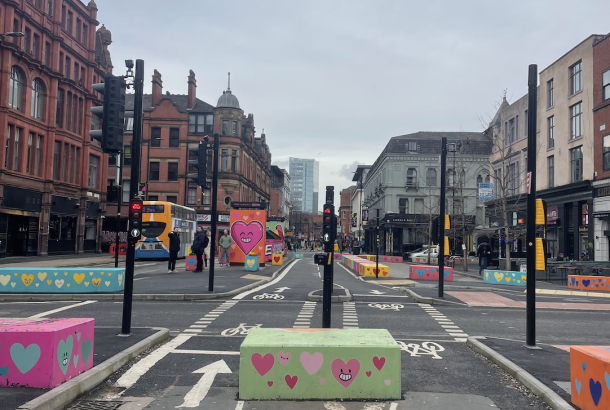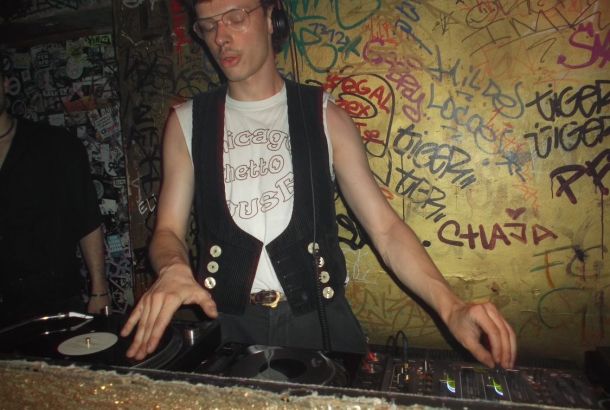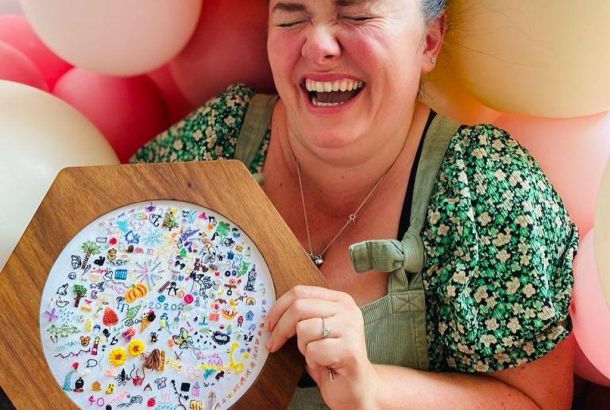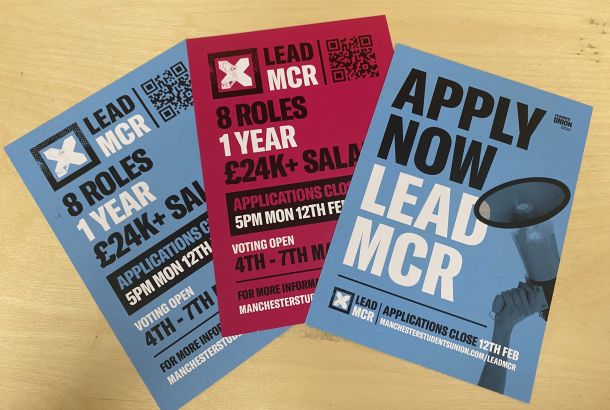Protesting: What’s the point?
In the last year, the world has seen a revolutionary outburst of demonstrations unleashed across the planet, as thousands have taken to the streets to march in solidarity for an abundance of causes taken from the front-page news.
With the ‘power of the people’ culture in full swing world-wide, there have been marches ranging from Trump activists to triumphant independent women. One time protesters are coming out of their shell to march in a show of solidarity and whilst this is undoubtedly a positive show of strength, people are beginning to wonder whether any real progress is being made. What happens once the glittering façade of united people, signs and shouting come to an end?
Whether it be Snapchats of glammed up girl gangs dancing down the street in outlandish outfits, the social media campaigns of high-profile ‘it’ girls, from Suki Waterhouse or Vanessa Hudgens, promoting their efforts on-line, or circulated images of the South London clique holding up signs reading ‘pussy power’, you cannot help but wonder what real benefits these marches are producing. Is it that they merely serve, as many people believe, to satisfy a short-term pick-me-up by making individuals feel like they are contributing to the resolve of damaging societal issues?
Alternatively, there are those who attend in the hope that these changes will happen overnight. Anyone who attends a march, against for example the Trump Muslim ban or gender inequality, and expects to see change as of the very next day, maybe doesn’t appreciate the otherwise effective ambitions that can be achieved.
Despite instances, such as the original women’s march on Versailles, which involved women taking direct and physical action to force the king to listen to the peoples’ demands, the women’s marches of today remain almost entirely symbolic. Although there is real desire to gain the attention of high-powered people and force them to listen to our requirements, it is unlikely to take immediate effect at either 10 Downing Street or The White House. Instead, a public organised exhibition will have to do for now, in the hope of being heard by such figures of power from the other side of their protective walls.
There is currently a wide diversity of protests happening around the U.K. In February, for example, masked animal rights activists at London Fashion Week played the sound of high-pitched rabbit screams being skinned alive right down Regents Street. In another case, one of London’s most prestigious nightclubs Fabric has successfully been granted a new license, following the #saveourculture campaign that was plastered across social media platforms. Next up were the anti-Trump rallies uniting millions across the globe, as thousands flocked to protest the president’s imminent visit to London, and most recently the ‘Reclaim The Night’ march against sexual violence, which saw thousands take to the street across the U.K. But what happens after these protests?
“I worry about this often”, Sara Khan admitted, a part-time BME (black and minority ethnic) officer, a treasurer of the feminist collective and a BDS (boycott, divestment and sanctions) activist, who has witnessed and helped organise plenty of rallies and events within the societies. “It’s hard not to be concerned when you want so badly to make a difference, but ultimately I do believe that change will come, slowly but surely, even if I’m not around to see it. You have to believe that, and keep reaffirming that belief.”
However, for Lauren McCourt, one of the organisers with Manchester Student SUTR, (Stand Up to Racism) this does not seem to be such an issue. “We don’t worry about what happens next because there are so many of us that have been doing this for such a long time. We’re going to carry on organising meetings and demonstrating and campaigning out on the streets.” In fact, McCourt sees the new faces at the demonstrations as a positive. “These protests were overwhelmingly made up of people who had never been to a single demonstration before in their life, which has actually given us a lot of confidence.”
Khan spoke about the lack of people attending the events in comparison to the social media levels of interest and the one-time protesters. “Often, people don’t actually show up to these rallies and protest even though they say they will, leaving just a handful of dedicated activists. You often see the same faces at a lot of events, the new ones appear once and then you don’t see them again.”
The inflow of the selfie at marches is another feature that demonstrators have been embracing, broadcasting images across social media channels to show their followers where they are and what they are doing. Khan spoke of individuals that attend the protests for the wrong reasons. “It’s just a selfie opportunity for some people, I’ve seen people take photos with placards and not even take part in the rest of the protest!” Khan believes that the reasons why one-time protesters attend marches, who have had no previous involvement with any politics varies: “A lot of people are cynical, or don’t have enough time possibly because of socio-economic pressures. It frustrates me, but I can understand it.”
“There will obviously be people at these demonstrations and in these organisations whose politics I disagree with in some way”, McCourt continued. “There will inevitably be people who disagree with my politics but what’s important is that we’re coming together to fight racism, especially in our current political climate.”
Despite all this, it is not just people going to protests for the Insta-worthy selfies that are going for the wrong reasons, and Khan believes for many it is not a malicious act and is in fact more unconscious. “A lot of people think that something is magically going to change after a protest, I think that’s the issue. They’re angry and they’ll express it this one time, but they aren’t willing to acknowledge that there needs to be a sustained proactive, not reactive approach to things.”
Ijeoma Oluo, a US writer and ‘internet yeller’ who has had her work on feminism and social injustice featured in The Guardian, posted an interesting interpretation on the promotion of peaceful protests for the Trump Muslim ban on her blog. As women promoted the non-violence of the marches, she questioned how they define violence? “Millions of white women can freely walk down the street without fear, high-fiving cops who wouldn’t hesitate to pepper spray black and brown faces begging for nothing less than their lives.”
Meanwhile, Khan spoke of how she has changed her own personal approach to more of an educational one, particularly focusing on representation and empowerment of marginalised people: “I find many people from marginalised backgrounds are already conscious of these things and that things don’t change overnight. Historically, the most oppressed folk are often the most vocal, working class women, trans-people of colour and women of colour.”
Although there appears to be a negative perception about the wrong people with the wrong values attending these marches, Khan assured me that these aren’t the only people and it is not just about numbers. “The small numbers shouldn’t be too disheartening, it is generally done step-by-step, you attract one or two people at a time and build your movement gradually. Sometimes momentum does diminish, but usually the process is two steps forward and only one step back.”
There has been a backlash about protests being described as angry exhibitions of misdirection, with no successful achievement, but Khan disagrees. “Protests are about making noise, of course protests don’t achieve anything alone and there needs to be a coordinated, sustained effort to make a change.” The more people who understand the need for protesting and the reasons behind it, the more benefits will be achieved. “Petitions, discussions, personal lobbying all work together with protests”, not protests alone.
“Protests are a great way of getting people together and sending a message but we know that there is much more that needs to be done”, Lauren McCourt discussed. “I think most of us in these groups see protests as only the beginning. They’re a great way of pulling new people into the movement.”
Without a focus and a clear target to be achieved, these high profile and heart-warming spectacles can become an ineffective feel good charade, benefiting only the participants by making them feel like they have somehow helped fix a complex issue overnight.
So it is those protests and societies with a sure goal of what they set out to do which have success in making a noise and getting noticed by slowly making change.
There may always be the self-absorbed individual who attends a march once, to get that ‘selfie’ and reach their targeted 100 likes, and we cannot ignore the colour and gender segregation that is still present in the marches, yet those at the core of protesting still have faith.
“Protests are still important”, Khan concluded “but people’s social consciousness needs to change if we want them to be proactive”.







